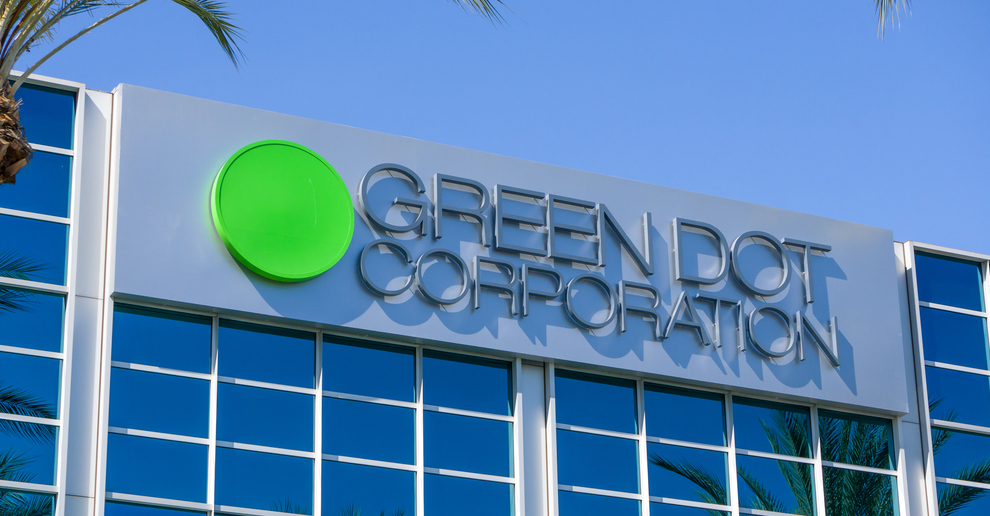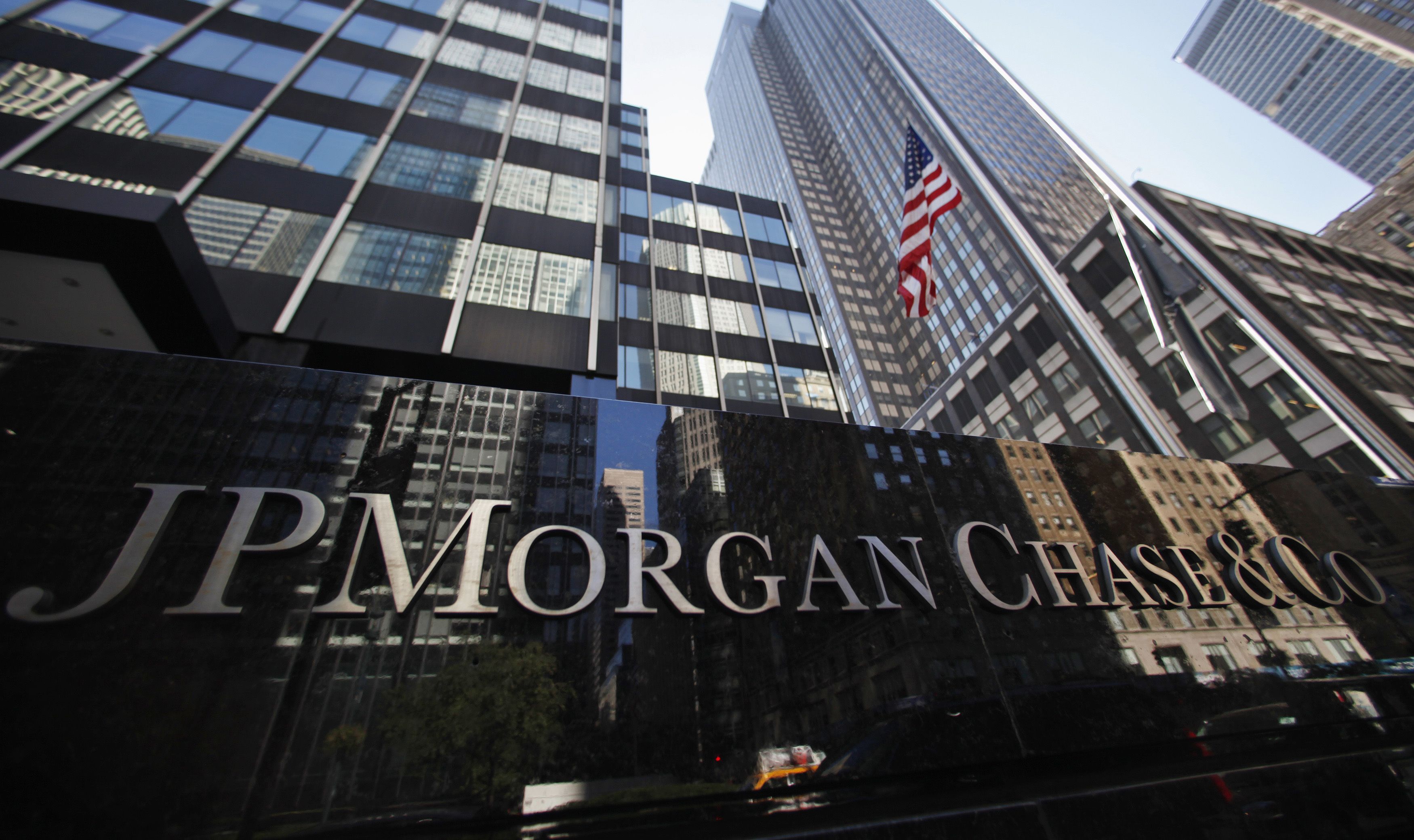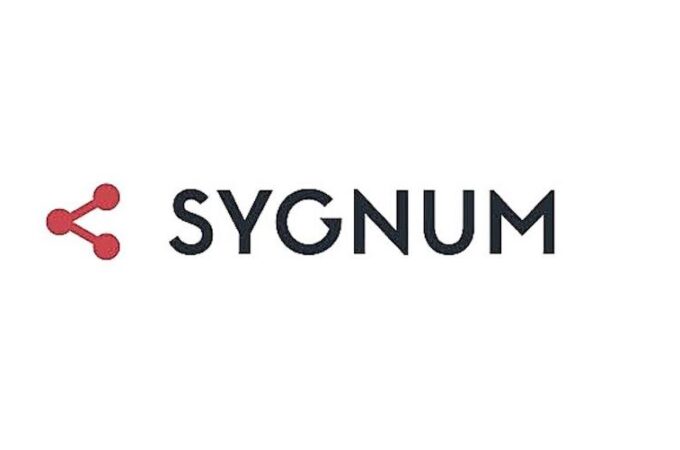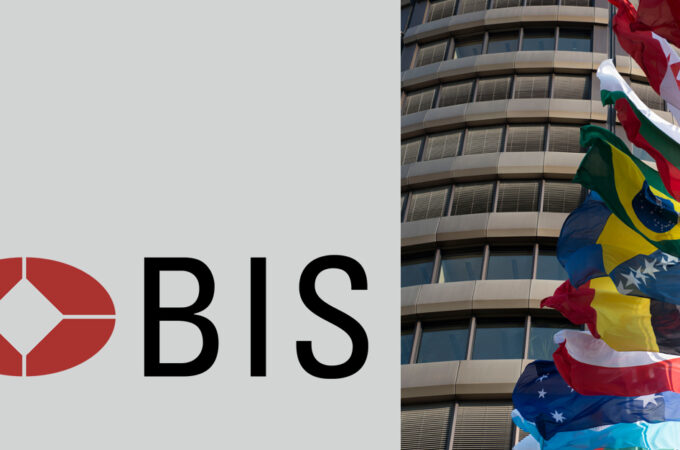
Green Dot and the Changing (Digital) Face of Banking
via PYMNTS
If the landscape of how we bank is changing – toward digital-first firms, of course – the question arises: Just what is a bank? And where do consumers want to bank?
We got a glimpse into at least some answers to those questions, as Green Dot reported earnings this week that, per management commentary, showed the strategic intent behind owning a bank, battling neobanks – and growing, even through a recession.
In terms of headline numbers, Green Dot’s adjusted earnings per share were $1.13, better than the Street by 20 cents. Revenues were $362.2 million, better than the Street by $38 million, and up 6.4 percent year over year.
Green Dot, of course, has billed itself as an integrated banking platform and has a bank charter in place (having bought Bonneville Bancorp. in 2011 and thus gaining a banking charter). Total deposits on the books, according to recent filings with the U.S. Securities and Exchange Commission, stood at $1.6 billion, up from $1.1 billion at the end of the year. Loans to bank customers at the end of the quarter were $19.6 million. The company also said that it had an increase in direct deposit active accounts of four percent.
And in a nod toward the interest in keeping the bank in place, as noted on the conference call to discuss earnings, CEO Dan Henry said that “we are not selling the bank.” He said later that the bank exists as a “strategic asset” that can yield “great potential value.”
With what might be seen as a shot across competitors’ bows, he said, challenger banks are “marketing companies.” He said, too, that to do anything in the FinTech space, “you have to have access to the nation’s banking system. So, if every payment/fintech company needs a bank, why would we, as one of the only Fintechs that owns a bank, consider selling?”
He said that the long-range plan is to deliver a consumer banking product that aims at the “mass-market consumer” and leverage the in-place bank charter, retail distribution and direct to consumer capabilities. With a nod toward the current economic environment, he said that such puts Green Dot in a “better position” than a “monoline neobank to weather this storm.”
He estimated that the unbanked and underbanked low- to moderate-income consumers in the U.S. could be 50 percent of the population.
As we noted in the ASKPYMNTS series report, “What is a Bank: What U.S. Consumers Think About the Key Issues Driving the Connected Economy,” some old-school definitions of banking hold sway. The roughly 1,300 consumers we surveyed said that 36.8 percent see banks as institutions that store money securely, roughly 35 percent state that banks are institutions for saving and earning interest on deposits. Another 27 percent state that banks are institutions that provide loans and make investments.
With those services firmly entwined in consumers’ minds as to what banks are and do, the stage may be set for Green Dot to make progress on its efforts to deliver banking as a service.





